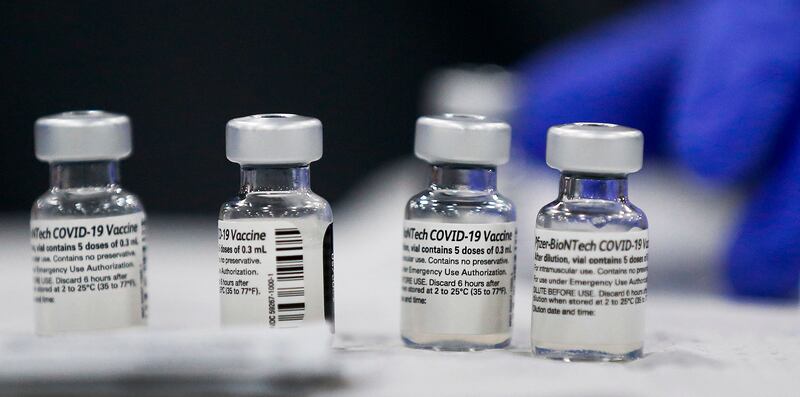The Centers for Disease Control and Prevention updated its list of possible side effects from the COVID-19 vaccine, adding redness, nausea and muscle pain to the list of symptoms.
- Redness, nausea and muscle pain had not been listed among the symptoms before this week, according to BGR.
What’s going on?
OK, so the CDC has had a list of side effects from the COVID-19 vaccine on its website for weeks now.
- The list included pain and swelling on the arm that received the shot, and fever, chills, tiredness and headache on the list of symptoms you’ll feel throughout your body.
- Now the CDC has updated its guidelines to include redness under the arm symptoms and nausea and muscle pain under the symptoms for the rest of your body.
“These reactions are an indication that the immune system is responding to the perceived threat — the vaccine — and developing immunity. Coronavirus antibodies should begin to appear about two weeks after the first jab, and maximum protection is obtained about two weeks after the second injection,” according to BGR.
How to respond to side effects
View Comments
As I wrote about for the Deseret News, the CDC has listed four tips to help with side effects from the vaccine. The tips include:
- Using a cool, wet cloth over the area on the area where you got the shot if there’s pain there.
- Exercising the arm where the shot was injected.
- Drinking plenty of fluids to help reduce any discomfort or fever if you get sick.
- Dressing lightly to reduce any discomfort. This may include baggy and loose clothing.


